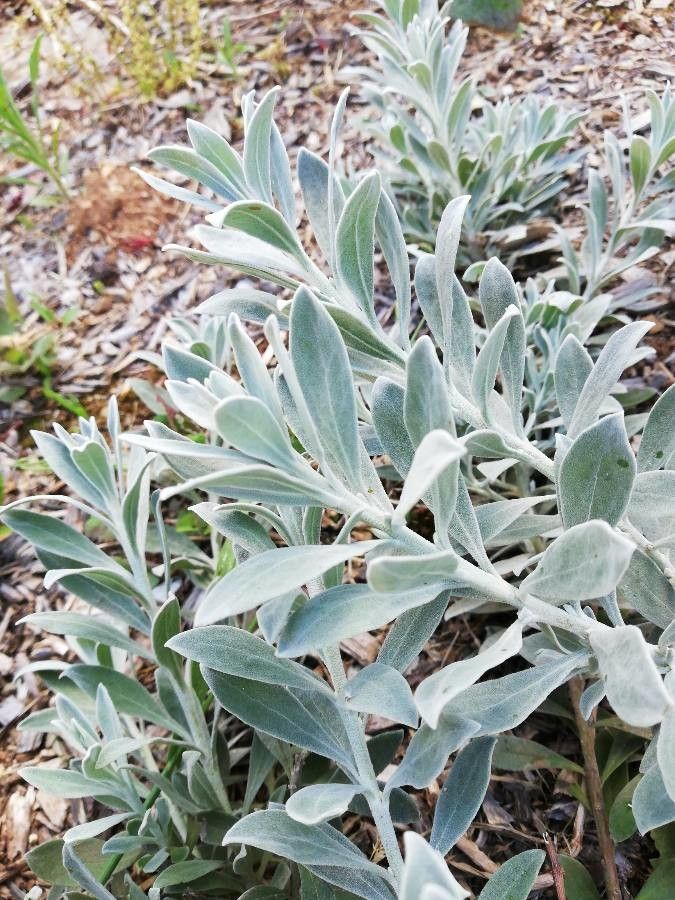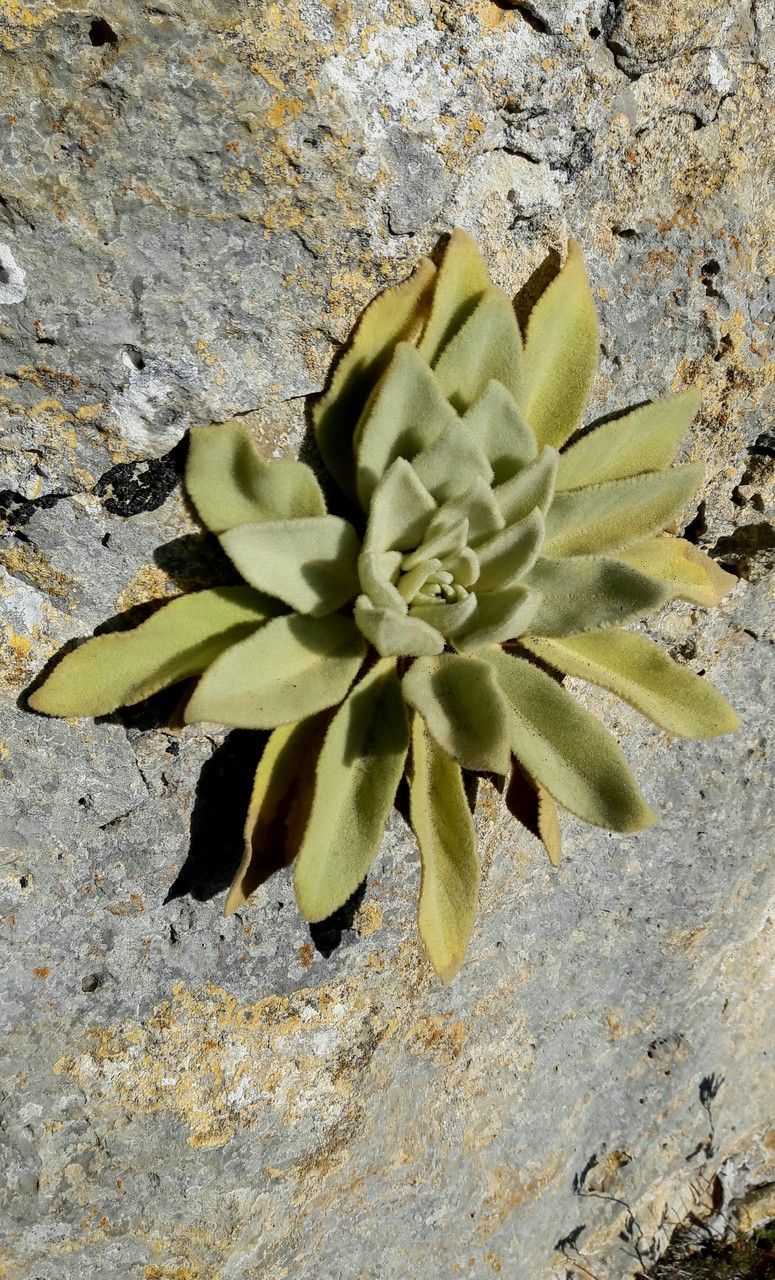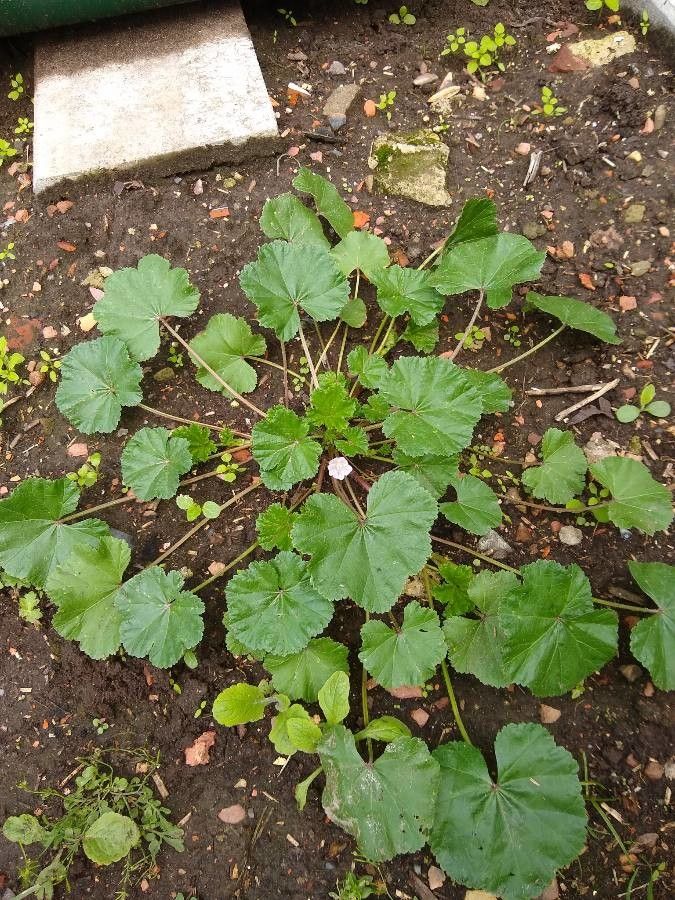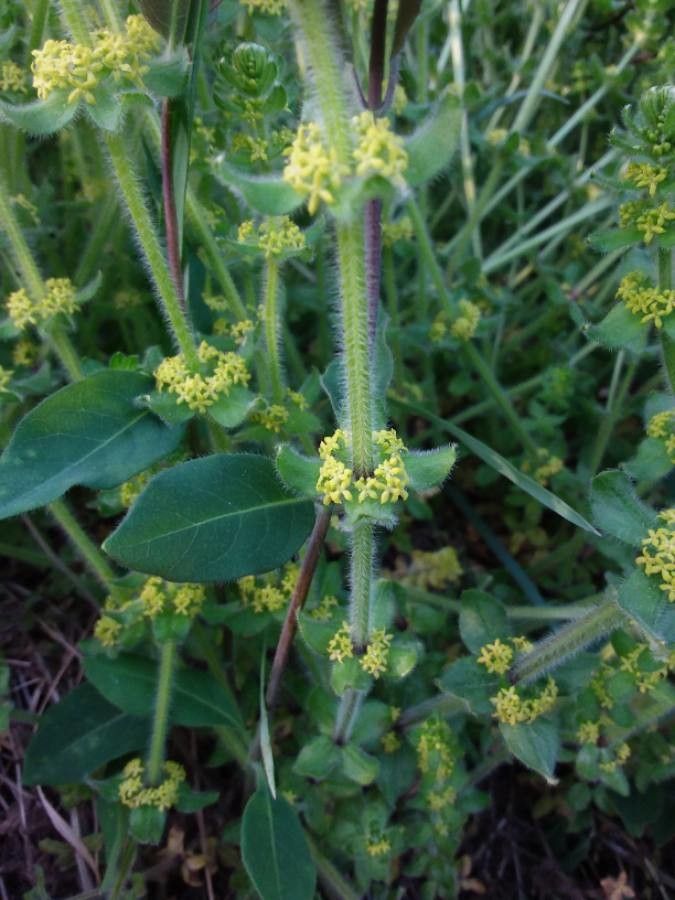### Unveiling the Allure of Black Fuchsia
The Black Fuchsia, a captivating shrub belonging to the Scrophulariaceae family, is a true botanical gem. While its name might suggest a deep, dark hue, the reality is more nuanced and equally intriguing. This native New Zealand plant boasts striking, pendulous flowers that range in color from deep reddish-purple to almost black, providing a dramatic contrast against its lush green foliage. Its unique appearance makes it a highly sought-after addition to any garden.
### Habitat and Growth
Black Fuchsia thrives in a cool, temperate climate, mirroring its native environment in the forests of New Zealand. It prefers partial shade to dappled sunlight and dislikes direct, intense sun which can scorch its delicate leaves. In its natural habitat, you’ll often find it growing in sheltered spots amongst other vegetation, offering a glimpse into its ideal growing conditions. It's a relatively slow-growing shrub, reaching heights of approximately 1.5 to 3 meters (5 to 10 feet) over several years. This graceful growth habit makes it a perfect specimen plant for a shady border or a container on a patio.
### Soil Needs and Watering
Providing the right soil is crucial for the health and flourishing of your Black Fuchsia. It prefers a well-drained soil that is rich in organic matter. A soil mix that combines garden soil, compost, and perlite would be ideal. Good drainage is essential to prevent root rot, a common problem with plants that don't tolerate soggy conditions. Water regularly, especially during dry spells, but avoid overwatering. Allow the top inch of soil to dry out before watering again. Consistent moisture without waterlogging is key to success.
### Propagation and Care
Black Fuchsia can be propagated through cuttings. Taking semi-hardwood cuttings in late spring or early summer is recommended. Dip the cuttings in rooting hormone and plant them in a moist, well-draining mix. Keep the cuttings consistently moist and protect them from direct sunlight until roots develop. Regular fertilization with a balanced liquid fertilizer during the growing season will encourage healthy growth and abundant blooms.
### Potential Challenges
While generally hardy, Black Fuchsia can be susceptible to pests like aphids and mealybugs. Regular inspection and prompt treatment with insecticidal soap or neem oil can help prevent infestations. Fungal diseases can also be a problem if the soil is poorly drained or the plant is kept excessively moist. Ensure proper drainage and avoid overhead watering to minimize these risks.
### Black Fuchsia in Your Garden
The Black Fuchsia's dramatic flowers and attractive foliage make it a standout addition to any garden, adding a touch of exotic beauty to a shaded corner. Its relatively low-maintenance nature makes it a suitable choice for both novice and experienced gardeners. With the right care and attention, this unique plant will reward you with years of stunning blooms and captivating presence.
### Conclusion
The Black Fuchsia, with its dark, alluring flowers and unique charm, is a rewarding plant to cultivate. By providing it with the appropriate conditions—partial shade, well-drained soil, and consistent moisture—you can enjoy its beauty for years to come.
Black Fuchsia: Care Guide & Growing Tips

Frequently Asked Questions
How to grow Black Fuchsia?
Grow Black Fuchsia in partial shade with well-drained, organic-rich soil. Water regularly, allowing the top inch of soil to dry between waterings. Protect from intense sun and strong winds.
What kind of soil does Black Fuchsia need?
Black Fuchsia thrives in well-drained soil rich in organic matter. A mix of garden soil, compost, and perlite is ideal to ensure good drainage and prevent root rot.


